No products in the cart.
Sale
Urodilatin (CAS No. 115966-23-9) | Diuretic-Natriuretic Regulatory Peptide
Original price was: $32.00.$23.00Current price is: $23.00.
Urodilatin (CAS No. 115966-23-9) is an analogue of atrial natriuretic factor fragment ANF-(99-126). It functions as a diuretic-natriuretic regulatory peptide and is applied in research related to acute renal failure, congestive heart failure, and bronchial asthma. For research use only.
Description
Product Description
Urodilatin (CAS No. 115966-23-9) is a synthetic analogue of atrial natriuretic factor fragment ANF-(99-126), which is a crucial part of the body’s physiological mechanisms for regulating fluid balance, sodium excretion, and vascular tone. As a diuretic-natriuretic regulatory peptide, Urodilatin plays an important role in the broader natriuretic peptide family, which includes atrial natriuretic peptide (ANP), brain natriuretic peptide (BNP), and C-type natriuretic peptide (CNP).
The discovery of Urodilatin emerged from efforts to identify peptides within the natriuretic system that are produced and released locally in the kidneys rather than being secreted from the atria of the heart. Unlike ANP, which is primarily synthesized in cardiac tissue, Urodilatin is secreted in the distal tubular cells of the kidneys, allowing for local regulation of sodium and water excretion. This unique production site underlines its importance as a locally acting peptide hormone with implications for renal and cardiovascular homeostasis.
In experimental settings, Urodilatin has shown potent natriuretic and diuretic effects by binding to natriuretic peptide receptors (NPRs) located in renal tissues. Upon binding, these receptors activate guanylyl cyclase, leading to increased levels of cyclic GMP (cGMP). This intracellular messenger mediates vasodilation, relaxation of smooth muscle, and inhibition of sodium reabsorption in the kidney. The result is an increase in sodium excretion (natriuresis) and urine output (diuresis), along with reduced blood pressure and improved hemodynamics.
Researchers have long been interested in Urodilatin because it combines the systemic properties of ANP with a kidney-targeted mode of action, making it highly relevant in the study of fluid overload conditions such as acute renal failure, congestive heart failure (CHF), and pulmonary diseases like bronchial asthma where fluid retention and vascular constriction are critical concerns.
In acute renal failure models, Urodilatin has been investigated for its ability to improve glomerular filtration and facilitate sodium clearance, thereby protecting renal tissue from ischemic and toxic damage. In the context of congestive heart failure, Urodilatin’s natriuretic properties may counteract the maladaptive retention of sodium and water, which contributes to edema, pulmonary congestion, and worsening cardiac function. Studies have also explored its ability to reduce preload and afterload, thereby lowering cardiac workload and enhancing cardiac output.
In bronchial asthma and related respiratory conditions, research into Urodilatin has focused on its potential to influence pulmonary hemodynamics and bronchial smooth muscle tone. By modulating vascular permeability and smooth muscle contraction, Urodilatin may offer insights into mechanisms of airway hyperreactivity and inflammation.
Furthermore, Urodilatin provides an important model for peptide-based therapeutic design. Because it acts locally within the kidney and is less prone to systemic clearance, Urodilatin demonstrates the value of tissue-specific peptides in targeted therapeutic approaches. This feature distinguishes it from circulating natriuretic peptides, which can be quickly degraded or neutralized.
In summary, Urodilatin is not merely an analogue of ANF-(99-126) but a regulatory peptide with unique physiological roles in renal and cardiovascular function. Its relevance to conditions such as acute renal failure, CHF, and bronchial asthma makes it a key candidate for experimental studies. By advancing understanding of diuretic-natriuretic regulation, Urodilatin contributes to research into novel treatment strategies for disorders of fluid balance and vascular control.
Product Specifications
| Parameter | Details |
|---|---|
| Product Name | Urodilatin |
| CAS Number | 115966-23-9 |
| Synonyms | ANF-(99-126) analogue |
| Category | Diuretic-natriuretic peptide, renal regulatory peptide |
| Molecular Formula | C136H211N45O41 |
| Molecular Weight | 3037.4 g/mol |
| Sequence | Ser-Leu-Arg-Arg-Ser-Ser-Cys-Phe-Gly-Gly-Arg-Ile-Asp-Arg-Ile-Gly-Ala-Gln-Ser-Gly-Leu-Gly-Cys-Asn-Ser-Phe-Arg-Tyr |
| Appearance | White to off-white lyophilized powder |
| Purity | ≥95% (HPLC verified) |
| Solubility | Soluble in water, PBS, and dilute acidic buffers |
| Stability | Stable as a lyophilized solid at -20°C; avoid repeated freeze-thaw cycles |
| Storage | Store lyophilized at -20°C or below; once reconstituted, store at 4°C for short-term use |
| Target Receptor | Natriuretic peptide receptors (NPR-A and NPR-B) |
| Mechanism | Stimulates cGMP production, leading to natriuresis, diuresis, and vasodilation |
| Research Applications | Acute renal failure, congestive heart failure, bronchial asthma, vascular regulation, renal physiology |
| Safety Note | For laboratory research use only. Not for clinical or veterinary use. |
Specifications Commentary
The molecular formula of Urodilatin highlights its peptide-based structure, composed of 28 amino acids. This structure is highly conserved compared to its parent molecule ANF, but with modifications that confer unique renal-targeting activity. Its relatively large molecular weight and peptide backbone necessitate specialized handling in research settings, including protection from proteolytic degradation.
Solubility in aqueous solutions facilitates experimental use, especially in in vitro and in vivo models. The peptide remains stable as a lyophilized powder, though care must be taken to prevent repeated freeze-thaw cycles, which can degrade peptide integrity.
By binding to NPR-A and NPR-B, Urodilatin activates cGMP pathways that not only regulate sodium and water excretion but also provide vasoprotective effects. This receptor-specific mechanism enhances its value as a research tool for studying renal and vascular biology.
Mechanism of Action & Research Applications
Mechanism of Action
Urodilatin operates via activation of natriuretic peptide receptors (NPR-A and NPR-B), both of which possess intrinsic guanylyl cyclase activity. Upon receptor binding, guanylyl cyclase converts GTP to cGMP, which acts as a second messenger. Elevated cGMP levels mediate smooth muscle relaxation, inhibit sodium reabsorption in renal collecting ducts, and promote vasodilation.
Key actions include:
Natriuresis: Enhanced sodium excretion through inhibition of tubular sodium reuptake.
Diuresis: Increased urine output due to osmotic effects of sodium excretion.
Vasodilation: Relaxation of vascular smooth muscle to reduce systemic vascular resistance.
Antihypertensive Action: Reduction in blood pressure via combined renal and vascular effects.
Cardioprotective Effects: Decreased cardiac preload and afterload, improving efficiency of cardiac output.
Research Applications
Acute Renal Failure (ARF):
Urodilatin has been studied as a means of improving renal perfusion, glomerular filtration, and sodium excretion. It is of particular interest in ischemic and toxic ARF models, where fluid retention and impaired renal clearance exacerbate injury.Congestive Heart Failure (CHF):
In CHF research, Urodilatin offers a model for alleviating sodium and water retention, reducing pulmonary congestion, and improving hemodynamics. Its ability to lower preload and afterload is especially relevant for heart failure models.Bronchial Asthma and Pulmonary Disorders:
Research into Urodilatin in asthma focuses on its effects on airway smooth muscle and pulmonary circulation. By modulating vascular permeability and bronchial tone, Urodilatin provides insights into airway pathophysiology.Hypertension Studies:
Due to its potent vasodilatory and antihypertensive effects, Urodilatin is used to investigate mechanisms of blood pressure regulation and the role of natriuretic peptides in hypertensive disorders.Renal Physiology Models:
Urodilatin is a key experimental tool for understanding how local kidney-derived peptides regulate sodium balance, water excretion, and renal hemodynamics.Drug Development Platform:
As a locally acting peptide, Urodilatin demonstrates how organ-specific peptide design may provide therapeutic benefit while minimizing systemic side effects. It serves as a prototype for developing other renal-targeted therapies.
Side Effects
While Urodilatin is strictly for research purposes and not used clinically, studies and comparisons with other natriuretic peptides suggest possible adverse effects when administered in biological systems:
Hypotension: Excess vasodilation may lead to dangerously low blood pressure.
Electrolyte Imbalance: Excessive natriuresis and diuresis could result in hyponatremia or dehydration.
Renal Stress: Overstimulation of renal excretion pathways could contribute to altered renal hemodynamics.
Gastrointestinal Effects: Some studies suggest potential modulation of intestinal smooth muscle and secretion.
Cardiac Arrhythmias: Excessive reduction in preload and afterload could impair cardiac rhythm in sensitive models.
Research Safety Considerations:
Close monitoring of electrolyte balance in experimental animals is recommended.
Gradual dosing studies should be conducted to establish safe and effective levels.
Since Urodilatin is a peptide, degradation products should be considered when interpreting experimental results.
Although side effects may occur in experimental models, the controlled setting of research allows these outcomes to be managed, observed, and studied for mechanistic insight.
Disclaimer
For laboratory research use only. Not for human or veterinary applications.
Keywords
Urodilatin, CAS 115966-23-9, natriuretic peptide analogue, diuretic peptide, renal failure research peptide, congestive heart failure peptide, ANF-(99-126) analogue, natriuretic regulatory peptide, cGMP pathway peptide, bronchial asthma research
Additional information
| Weight | 0.8 kg |
|---|---|
| Dimensions | 56 × 26 × 56 cm |
What is Urodilatin?
Urodilatin is an analogue of ANF-(99-126) and a diuretic-natriuretic regulatory peptide.
What is its CAS number?
CAS No. 115966-23-9.
What is its molecular formula?
C136H211N45O41.
How does Urodilatin work?
By activating natriuretic peptide receptors and stimulating cGMP production, leading to natriuresis, diuresis, and vasodilation.
What are its main research uses?
Studies on acute renal failure, congestive heart failure, bronchial asthma, hypertension, and renal physiology.
Why is Urodilatin unique compared to ANP?
It is produced locally in the kidney, offering targeted renal action rather than systemic circulation.
What receptors does it target?
Natriuretic peptide receptors NPR-A and NPR-B.
What is its purity?
≥95% (HPLC verified).
Is it stable in solution?
It is stable as a lyophilized powder; once reconstituted, it should be used promptly.
Is Urodilatin available for clinical use?
No, it is strictly for laboratory research only.



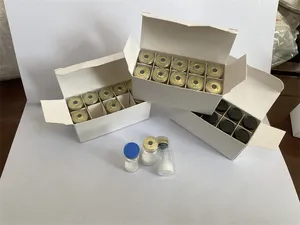
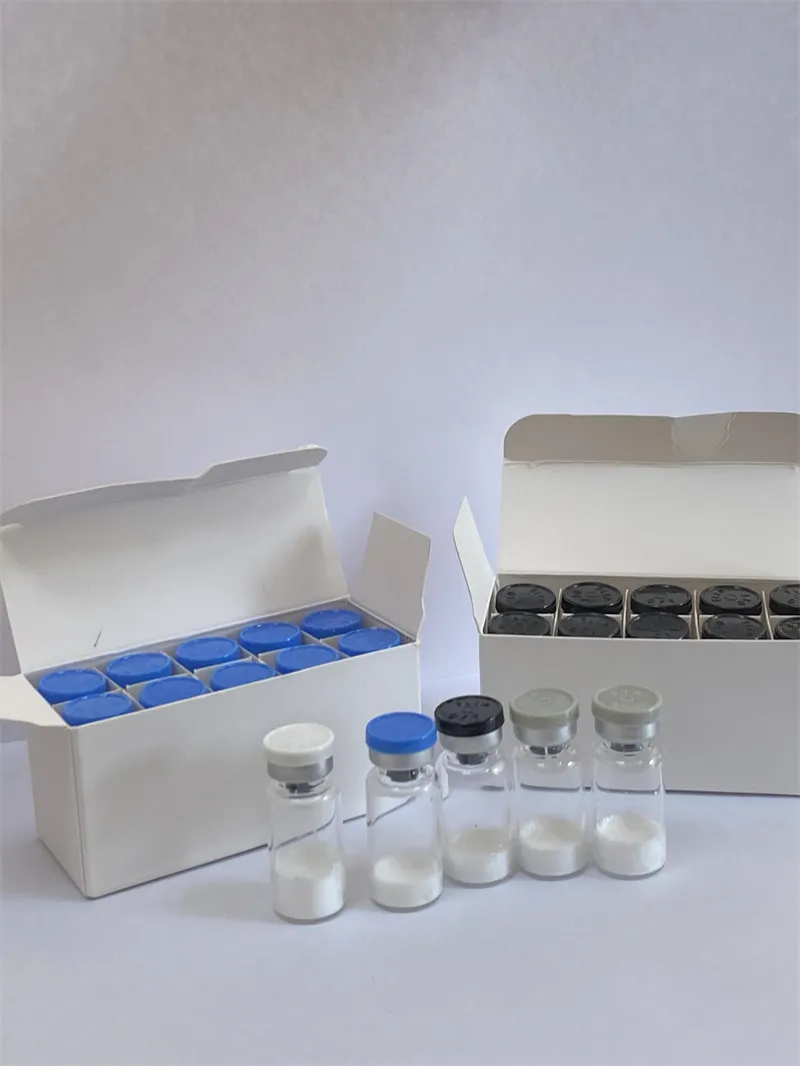
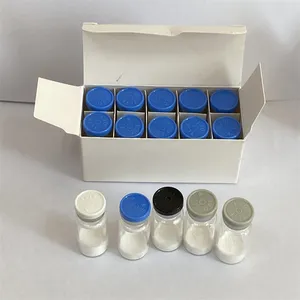

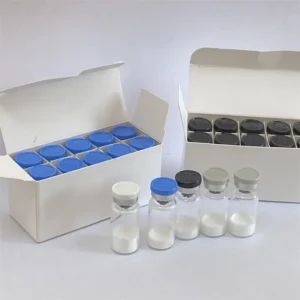
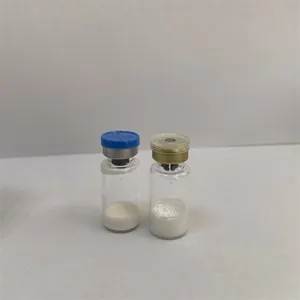
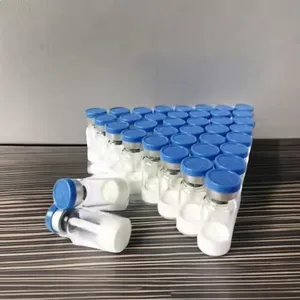
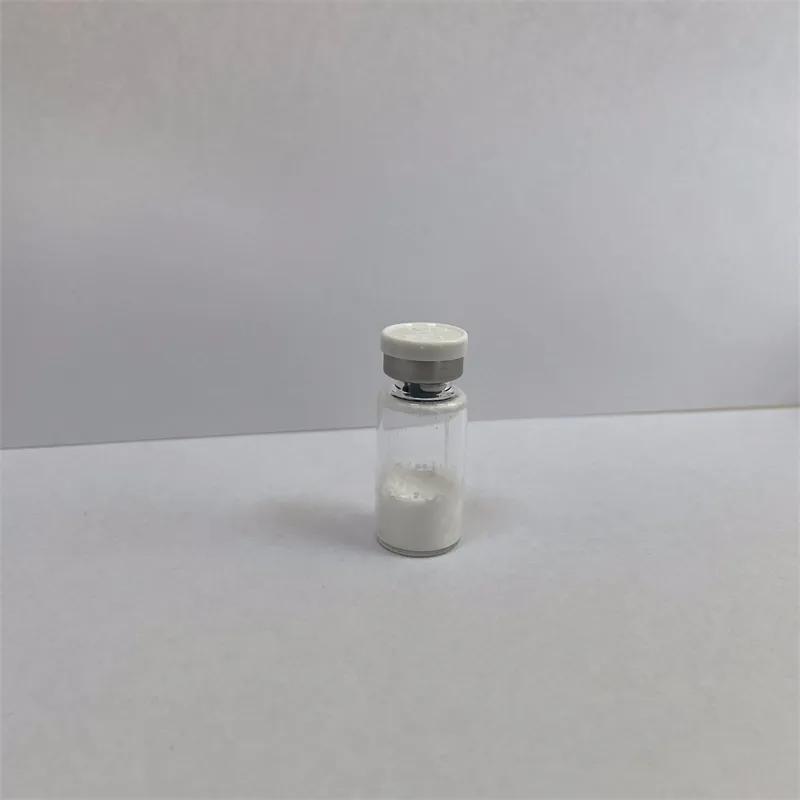
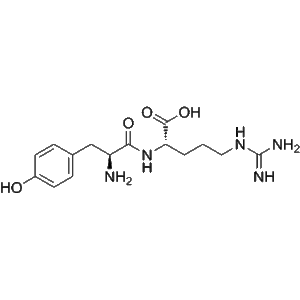
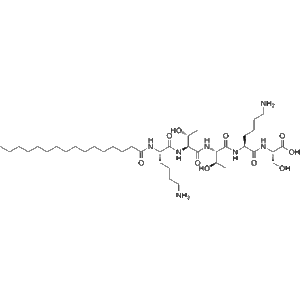
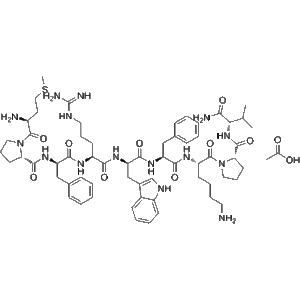
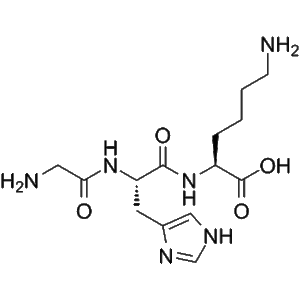
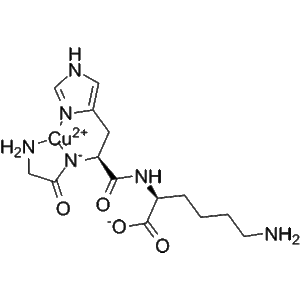
Reviews
There are no reviews yet.